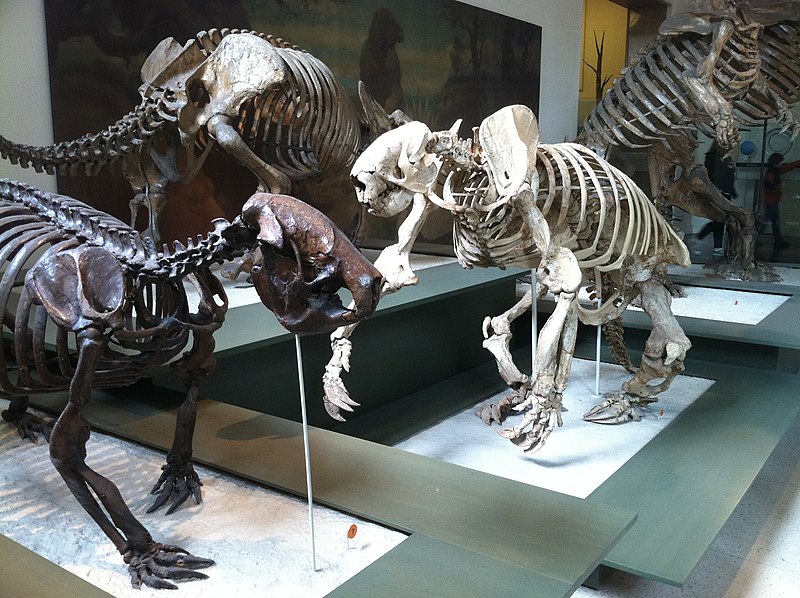Файл:Ground sloths.jpg


Повна роздільність (2592 × 1936 пікселів, розмір файлу: 1,99 МБ, MIME-тип: image/jpeg)
Історія файлу
Клацніть на дату/час, щоб переглянути, як тоді виглядав файл.
| Дата/час | Мініатюра | Розмір об'єкта | Користувач | Коментар | |
|---|---|---|---|---|---|
| поточний | 09:39, 21 липня 2012 |  | 2592 × 1936 (1,99 МБ) | File Upload Bot (Magnus Manske) | Transferred from Flickr by User:FunkMonk using flickr2commons |
Використання файлу
Такі сторінки використовують цей файл:
Глобальне використання файлу
Цей файл використовують такі інші вікі:
- Використання в af.wikipedia.org
- Використання в ar.wikipedia.org
- Використання в en.wikipedia.org
- Використання в fa.wikipedia.org
- Використання в id.wikipedia.org
- Використання в it.wikipedia.org
- Використання в ko.wikipedia.org
- Використання в simple.wikipedia.org
- Використання в www.wikidata.org